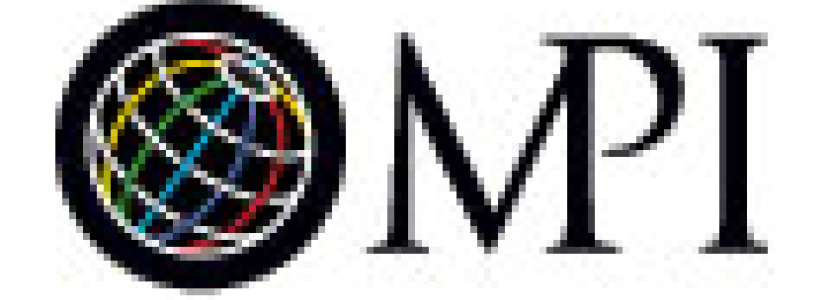
On-demand is here to stay, but it’s a challenge for the meetings and hospitality industry.
"On-demand" vs. "when we say so" is not just a Millennial issue. Perhaps technological innovations have smoothed out some generational divides, or maybe in our ever more cash- and time-strapped lives we are less patient. The New York Times reported Google engineers discovered people will search less if they have to wait longer than a blink of an eye (400 milliseconds in case you were wondering) for a page to open. This multi-generation, instant on-demand trend is already transforming what your clients and delegates expect, and I suspect what you and I expect, too.
A few weeks ago, I stayed in a top-rated hotel. At 6:45 a.m., I went for breakfast, but I was turned away because the restaurant did not open until 7. I apologized for my mistake (after all, I am British, and that is what we do) and sloped off back to my room for a bit of a sulk.
In the next 15 minutes, whilst I tried to ignore the pangs and rumbles of an outraged stomach, I reflected on why I felt so irritated. Would I have been so upset five years ago? No. I had clearly become comfortable with an instant and on-demand lifestyle. Lights go on when I enter a classroom, I select what I want to view on TV and I can watch TV, take photos or read a book from the phone in my pocket. I can Google first rather than waiting to look things up, and if I do need a book, the library at my university is open 24/7. I realized in those 15 minutes I had come to expect to arrive when I want and get what I want and how I want, instantly. Now, I could just be an awful person, or I could be just like you. I might even be both.
Instant, on-demand is a challenge for the meetings and hospitality industry. As our expectations alter in relation to how we manage our online lives, we carry those online expectations into our offline experiences. It means that the notion of convenience, noted as a key motivating factor for delegate attendance, has leapt to a new level. Meeting and hospitality businesses need to either manage expectations or, perhaps a better option, exceed them. This means hotels, meeting designers and venues offering services differently—meaning real-time experiences become multi-platform.
While it might be easier to manage on-demand expectations in permanent settings, it could be trickier in meetings. In meeting design, catering on-demand means re-thinking the traditional presentation-break-presentation-lunch format still prevalent in the sector. Even if your clients require this, it could be in your interests to offer them the alternative, non-traditional approaches that might enhance their ROI or ROO (return on opportunity).
As noted in MPI’s Future of Meetings research, waiting for traditional breaks is a serious issue when a 3 percent reduction in hydration results in a 70 percent loss of concentration. If your delegates cannot concentrate on what is being shared, how can they benefit from it? And more importantly, how will they value the experience? On-demand means rethinking the meeting spaces so that refreshments are within the spaces as well as outside them and that those refreshments are not programmed into specific time slots but available in some form all the time. Meeting innovators recognize the importance of comfort and they also enable attendees to tune in and tune out if they need to.
Planners also need to think about the offices that their delegates inevitably bring with them. What can you do to help them make the instant connections they may well demand? Providing recharge services as well as helping them stay connected is a good place to start. Wi-Fi connection is a critical issue that quickly reduces the perceived quality of events. During the Flash Forward 2030 session at EIBTM, PSAV’s Stephan Earl said he believes planners should anticipate that each attendee might have at least three devices—a key reason why many meetings still get it wrong.
In content terms, on-demand means providing multiple formats, multiple platforms and multiple experiences of the same meeting at one time. On-demand also means enabling our attendees to be in several places at once. But it’s moving beyond our control.
In the future, the population will not just grow but will become denser. The result within and outside our events is that we will need to cater for unplanned meetings and smaller ones on-demand. According to the experts, much of our industry is not up to the task. In hotels, we find open plan business centers or lobby bars, far from ideal for tricky business negotiations or conference rooms too large for a one-to-one. Experts advocate a radical re-design to plan for the instant on-demand generations we are all becoming.
On-demand opens up opportunities for many more businesses to enter the meeting marketplace offering secure, accessible, connected spaces: welcome to the pop-up boardroom. On-demand is in the future, and it is here…this instant. Have you (un)planned for it? One+
Jackie Mulligan
Jackie Mulligan is a Principal Lecturer in Events and Director of Enterprise for the International Centre for Research in Events, Tourism and Hospitality at Leeds Metropolitan University UK, with over 20 years of experience managing events, tourism and communications. Jackie leads global industry research projects and professional development initiatives, blending her passion for creativity, future trends and technology. Twitter: @jackiemulls Email: j.mulligan@leedsmet.ac.uk.




